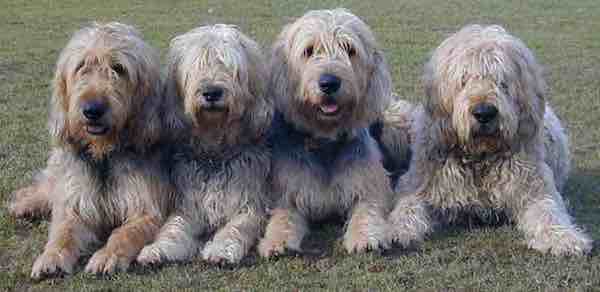
Several years ago, newswire services picked up a couple of articles about conservation dogs able to detect whale scat on water as the canines sat on the deck of a boat. The University of Washington Center for Conservation Biology CK-9 program was the first time that most of the public had ever heard that dogs could pick up scent on water. The reaction was much the same when articles appeared on-line about cadaver detection dogs trained to signal the location of a body submerged under water.
Dogs that can locate scent on the ground is hardly new, and we’ll get back to that in a moment, but finding scent on water is a special “sub-set of skills” that capitalizes on a dog’s extraordinary nose. This ability makes complete sense once it’s realized that when, say, an orca defecates, has calved, undergone a spontaneous abortion, or loses fat because of a poor diet, disease or other factors, it releases toxins into the water which floats to the surface. So, too, when an unfortunate drowning victim is underwater, skin particles and gases rise to the surface from decomposition which cadaver dogs sitting high in a boat can detect through chemicals released into the air.
We’ve actually known for a long time that dogs can do this, though not how. The earliest mention of dogs that could detect scent on water was most likely a reference to King John of England’s pack of Otterhounds in the 13th century. Using Otterhounds for this purpose extended well into the 19th century when there were 18 to 20 packs active in Britain, and as recently as 1977, nine registered packs of Otterhounds were still in existence in the UK. Again, it wasn’t known how these dogs could pick up the scent of an otter from the water, only that they could, and that it was a valued trait of the breed. In fact, it was once said that to be equal to an otter, an Otterhound needed “a Bulldog’s courage, a Newfoundland’s strength in water, a Pointer’s nose, a Retriever’s sagacity, the stamina of a Foxhound, the patience of a Beagle, and the intelligence of a Collie.”
Historically, Otterhounds were bred to work the muddy banks of rivers and streams where they were highly effective at detecting an otter’s scent not only floating downstream on the surface of the water, but also at tracking them underwater. The trail an Otter leaves underwater is called a wash, their scent trail called a drag. “Otter-dogges” or Otterhounds had to be able to follow both, and this meant that they needed to swim for several hours during a hunt. So great is this breed’s sense of smell that an Otterhound can easily pick up a drag trail more than 10 hours old. This made the breed a valuable and necessary asset in Medieval England where River otters competed with fishermen for fish. As cute as we find otters today, at the time they were regarded as a costly nuisance to a population for which fish was a dietary mainstay. Later, otter pelts would become a valued commodity.
Otter hunting was never really practiced in the United States, and in the UK, otters are now a protected species in England. Without a specialized job, breed numbers in the UK have plummeted and have become low enough to land the Otterhound on The Kennel Club’s Vulnerable breeds list (only 44 dogs were registered in the UK for all of 2019, and fewer than four to seven Otterhound litters born are each year in the United States and Canada). Otterhound packs have vanished save for one purebred pack left intact, the Pembrokeshire and Carmarthenshire (and if you reside in the UK, you have access to a historical film which we aren’t able to view, and thus, can’t offer an opinion on its content).
When otter hunting was banned, some packs turned to hunting mink, and the Pembroke and Carmarthenshire “Minkhounds” are the only pack today with a pure Otterhound dogs that are selectively bred for hunting capabilities. One site reports that only a few of the bloodlines are said to be suitable for breeding into companion animals, but our experience has been that Otterhounds are sweet, affectionate dogs with a fun-loving personality. Some are quite smitten with the sound of their own voice, others are quieter, but all have an endearing ragamuffin appearance. In our view, it’s criminal that the breed is struggling.

Excepting grammar difficulties which may be the fault of the transcriber, this is a wonderful article bringing our beloved Otterhounds into the public eye again. I, unfortunately, never bred my dogs, but have had 2 in recent years. OH’s make great pets, love their people, and are a comical addition to any household that doesn’t have white furniture.